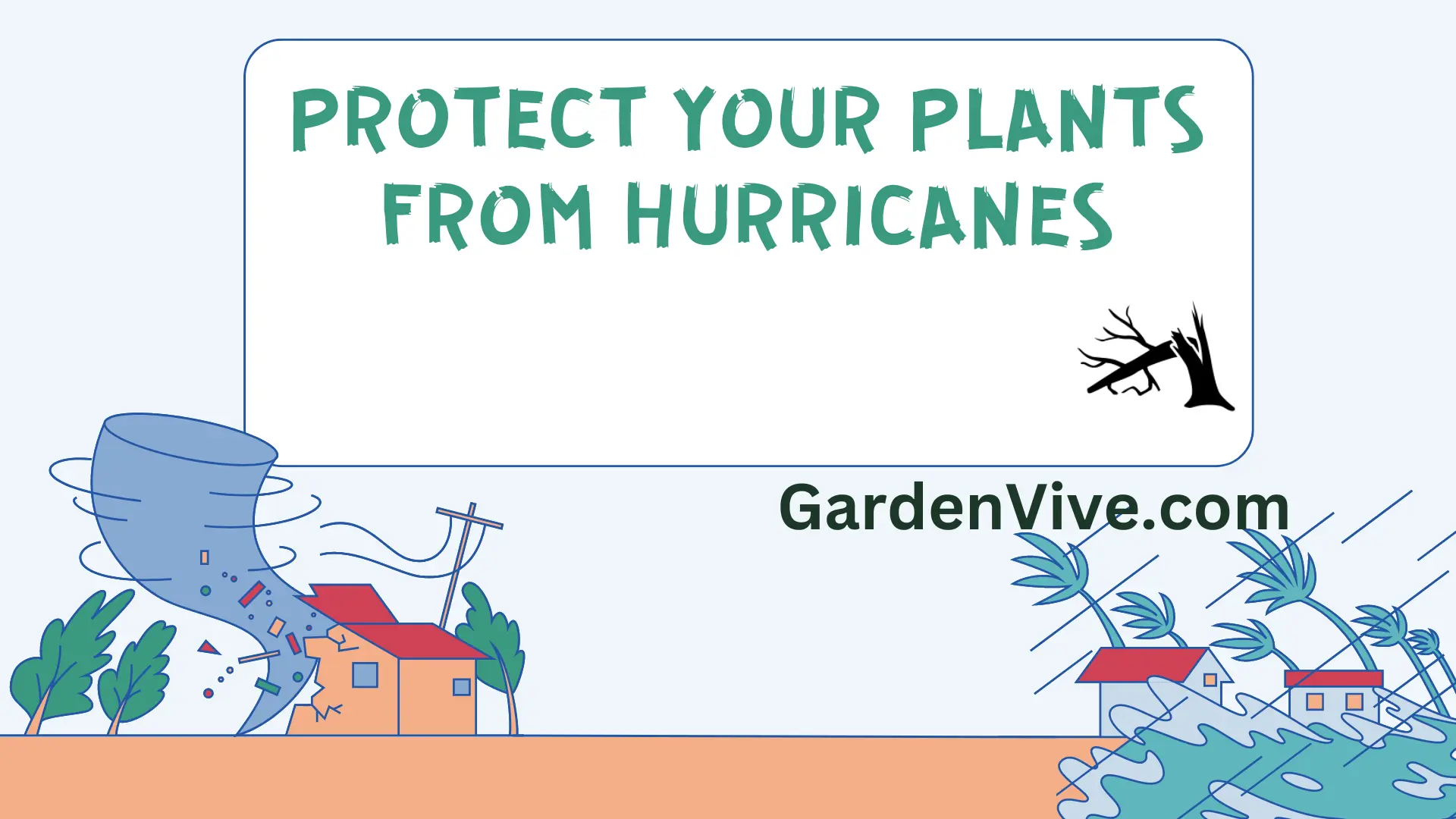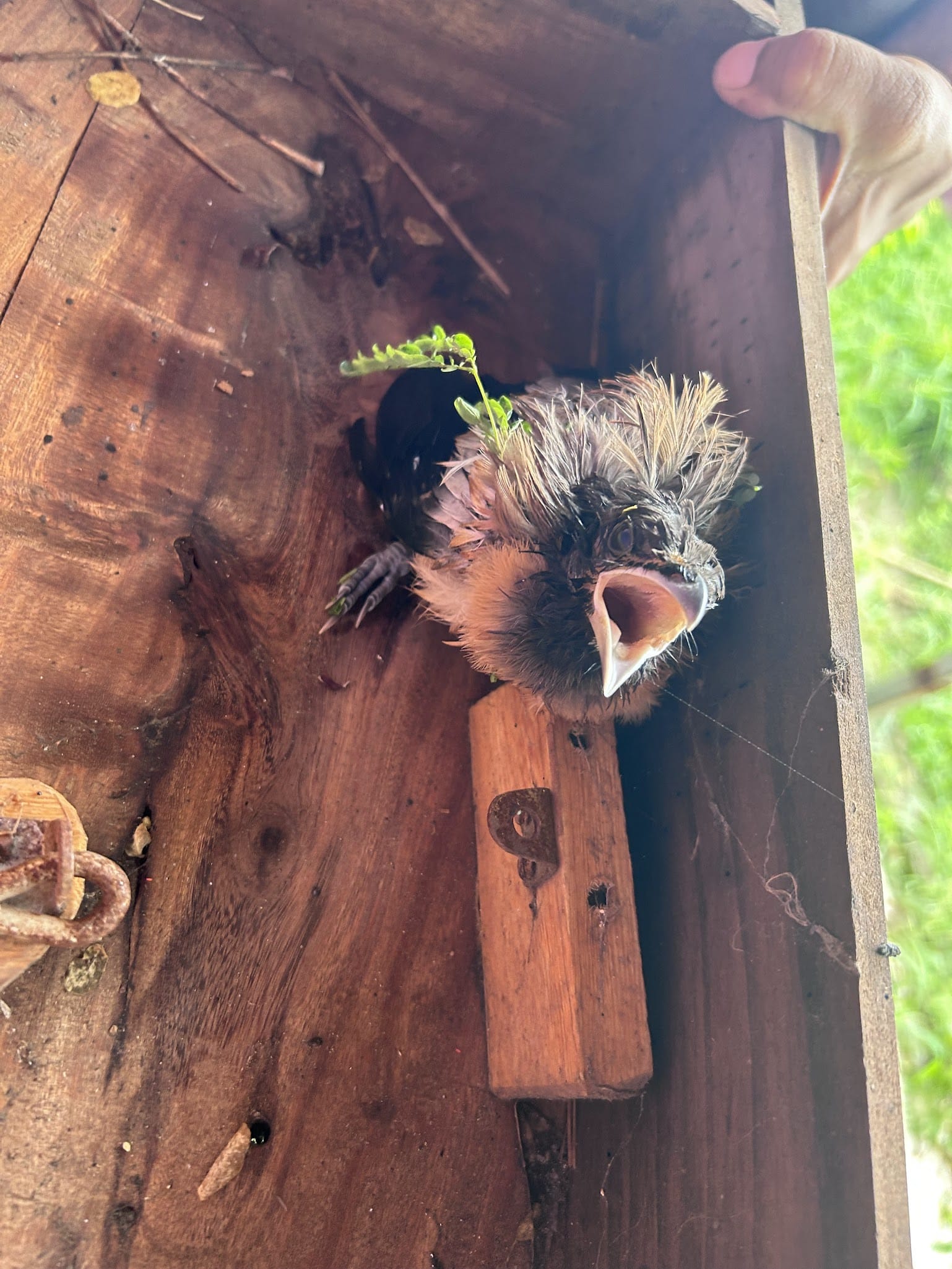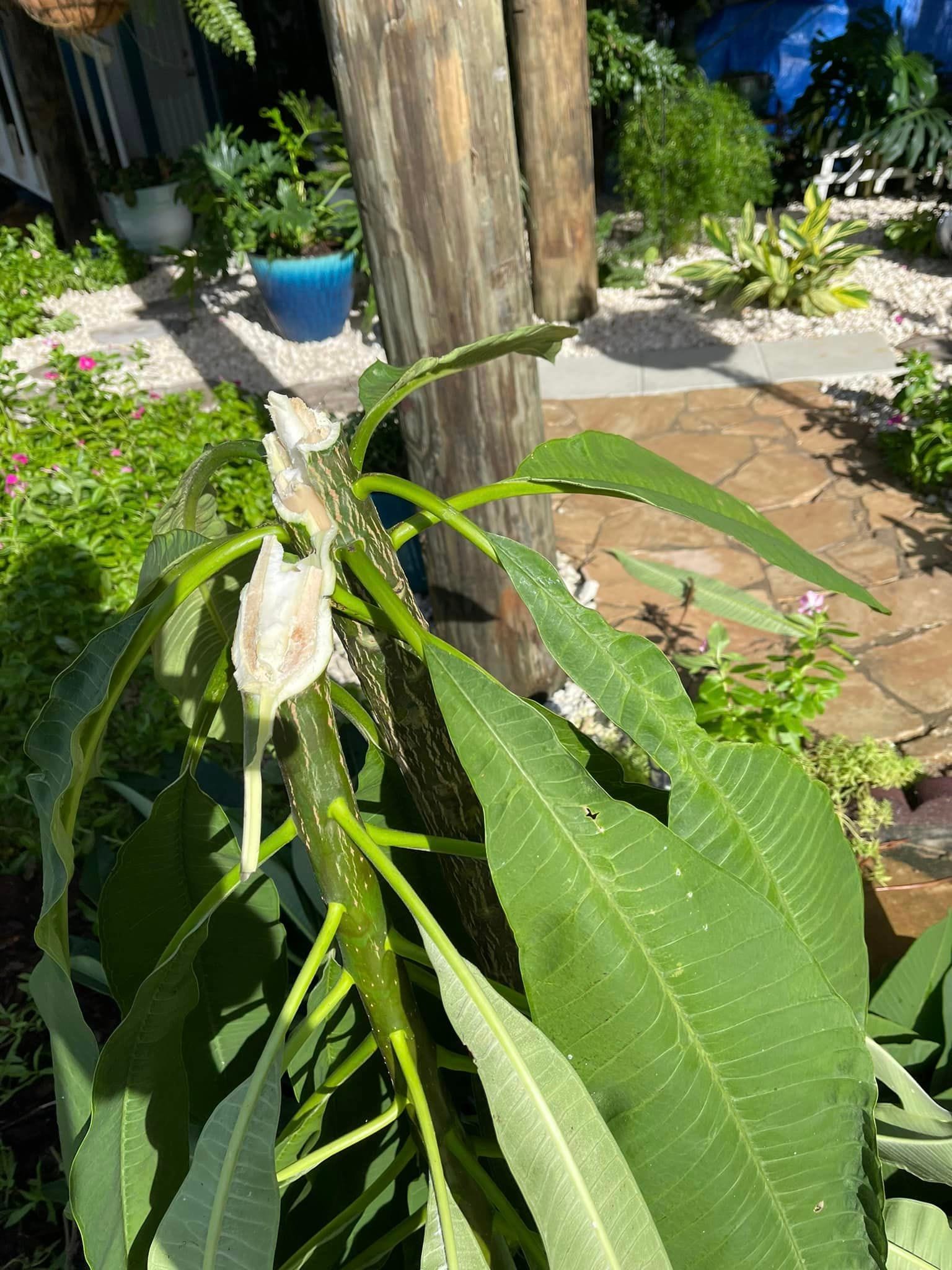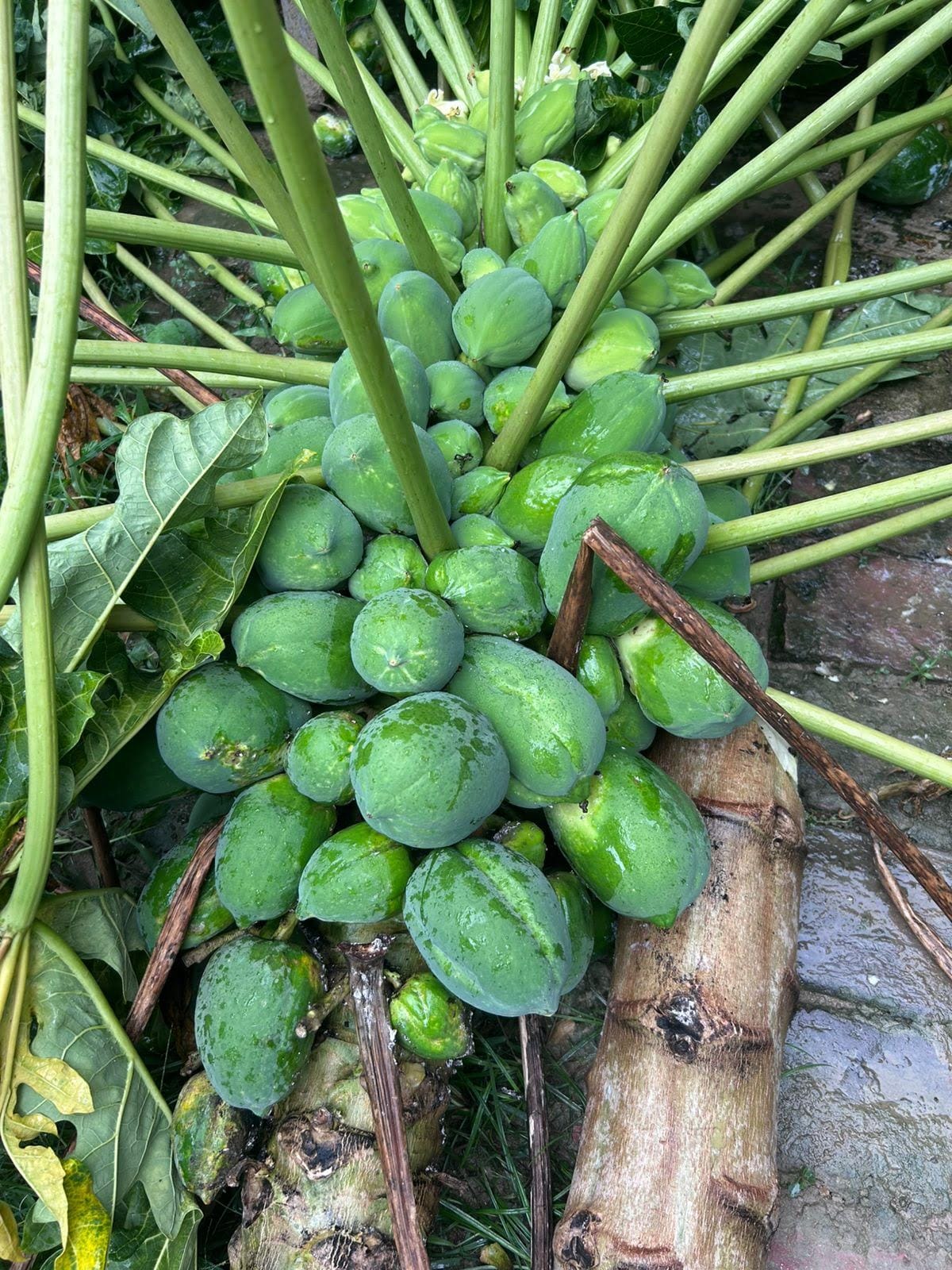
If you are a gardener from a coastal region then I can understand your pain of losing hard-earned plants and trees. I will be honest with you, nature can be devastating and we can not protect all the plants and trees from Hurricanes. But if you make proper preparations, you can minimize the damage and your plants will recover soon. In this article, I will be sharing what I do to protect my plants and trees from Hurricanes and you can also follow my preparations to protect yours.
A few years ago, my garden was hit by a heavy Hurricane and since that day I have been improving my protection skills every year.

When Should You Begin Preparing Your Garden for Storms?
Many gardeners have witnessed the damage caused by hurricanes, yet they often wait for news updates, staying relaxed and hoping the storm won't hit this year.
When it comes to Hurricane preparations, the earlier you start, the better. You should start the preparation at the beginning of the Hurricane season.

This image is just an example. If you do not take precautions you too may lose your hard-earned plants.
If your garden is surrounded by buildings and neighbors then you are safer. Your plants are not going to be hit by heavy wind.
If you are in an open field then you should really make preparations.
Around your garden, try to add natural barriers with bushes. You can also build plywood fences.
Plan against Hurricanes for your garden
There are two types of plans.
- Before planting the plants. (What to plant and what not)
- Protecting grown plants.
Plant Selection: Choose native and wind-resistant plants. In biology, we have learned "survival of the fittest". This means that whatever native plants are there in the Hurricane-prone area, are mostly wind-resistant and they are more resilient to strong winds and heavy rains. For example, palms, Cycades, and some hardy shrubs.
How should we plant in Hurricane Prone or Coastal areas?
Do not make your plants overcrowded. Give proper space. Proper spacing reduces the likelihood of branches tangling or breaking during high winds.
Place your taller plants in such a way that they will not be in a fully exposed area. I usually place the smaller delicate plants and shrubs in a place where they can get protection.
I know we cannot protect all the plants at the same time, but that's my plan and it works really well for my plants.
If your plants are mostly in pots or containers then you know already how to protect them. Just place them inside or in a low-wind place. (In hurricane-prone areas it's a better choice to plant in pots)
How you can protect your grown plants and trees
The first and most effective way is pruning. If you notice weak branches, it's better to prune those. In most cases, those are the first branches that break during heavy wind. It's not only about breaking the branch or falling off, it will also damage the other plants near the branches. (Even it can damage your house if it is too close to your house)
Now moving to a bit tough preparation for the beginners. Prune trees in such a way that reduces wind resistance. Yes, it sounds like"Oh man! How can I do that?". The goal is to allow wind to pass through the tree canopy rather than pushing against it. Just thinning out dense foliage can make a huge difference.
If you have newly grown plants and young trees then you need to give them proper support. Secure taller or newly planted trees with strong stakes. The stakes should go deep enough into the ground. Try to place the stakes at a safe distance from the tree's roots. Otherwise, it can damage the roots.
If you are afraid that your big tree can be snapped during Hurricane, you can consider wrapping young trees with burlap or other protective materials. ( If you ask me for my opinion then I don't do this as at that much wind strength this won't work, but a lot of gardeners do this so thought it might be helpful for someone)
Water and Mulch Your Plants Before the Storm
You might be wondering why I am telling you to water plants before storms. This is all about stress control. Well-hydrated plants are more resilient to stress. But do not water too much so that the roots can be uprooted easily.
If you are growing veggies and other flowering plants you can add a layer of mulch. Make sure you use heavy mulch because light mulch will be blown by the wind. A few of you might be wondering, this mulch can store more water which is not good for the plants. Yes, you are right so I always suggest having well drainage system for the plants. This mulch will help the roots as it will minimize soil erosion during heavy rain. ( You can witness heavy rain along with storms ).
Special tips for protecting banana trees from Hurricanes
- Try to prune excess foliage: If you reduce the number of leaves it will help lower wind resistance.
Try to prune only old and dry leaves, do not touch the new leaves. After the banana tree needs to perform photosynthesize. - Mound soil around the base: It can increase the stability of your banana tree during heavy winds.
You can also read: What to plant in October in Florida - Fall gardening
Besides these, you can remove heavy fruit bunches. I will not suggest using windbreaks. But if you wish you can use natural windbreak like planting big trees in such a direction that it will protect the banana tree from heavy storms.
If you like this article, share it with your friends living in a stormy area. If you want useful tips on gardening, subscribe to my site. Good luck!
Here's a papaya tree that fell off after the heavy hurricane storms.




